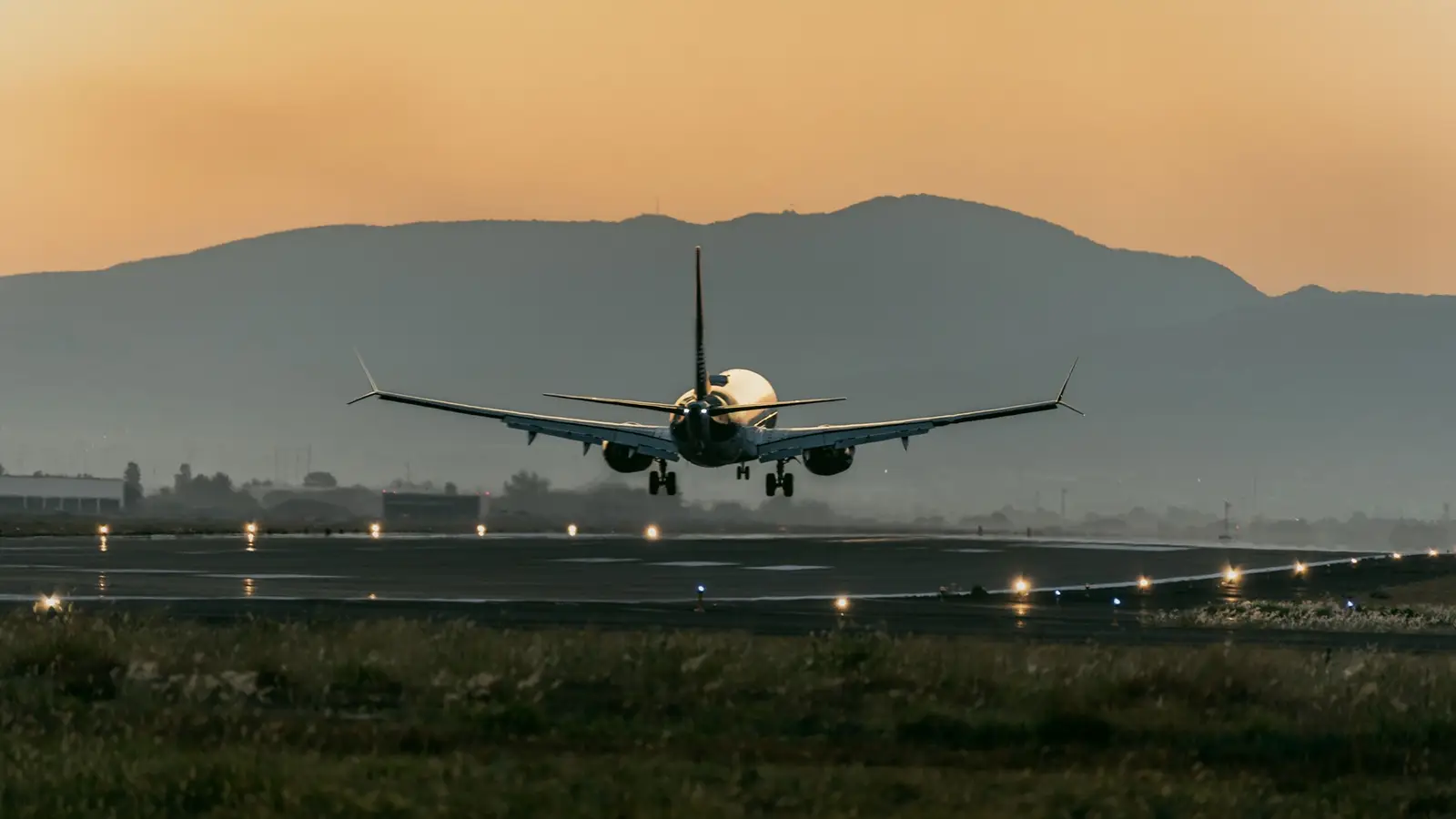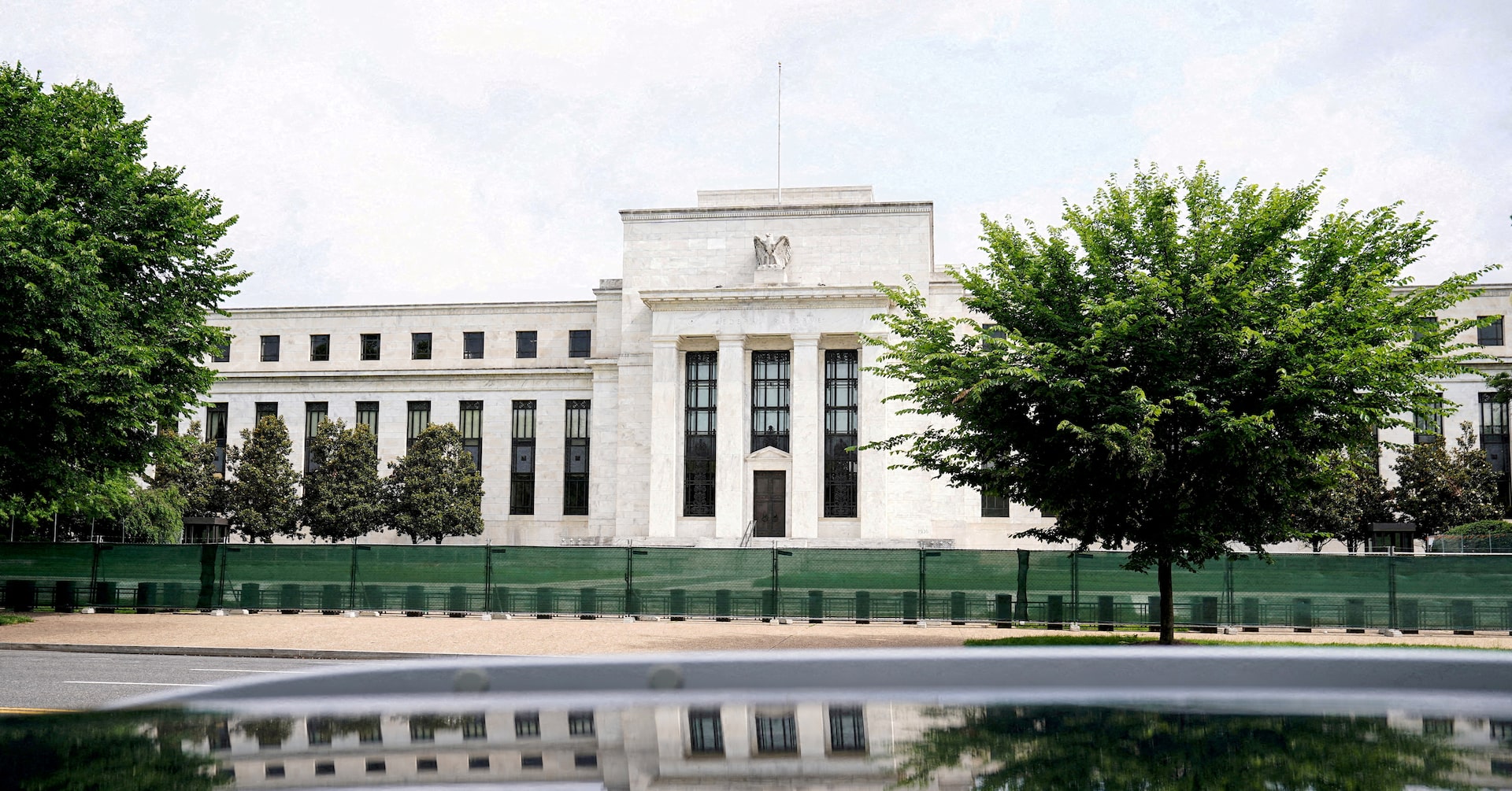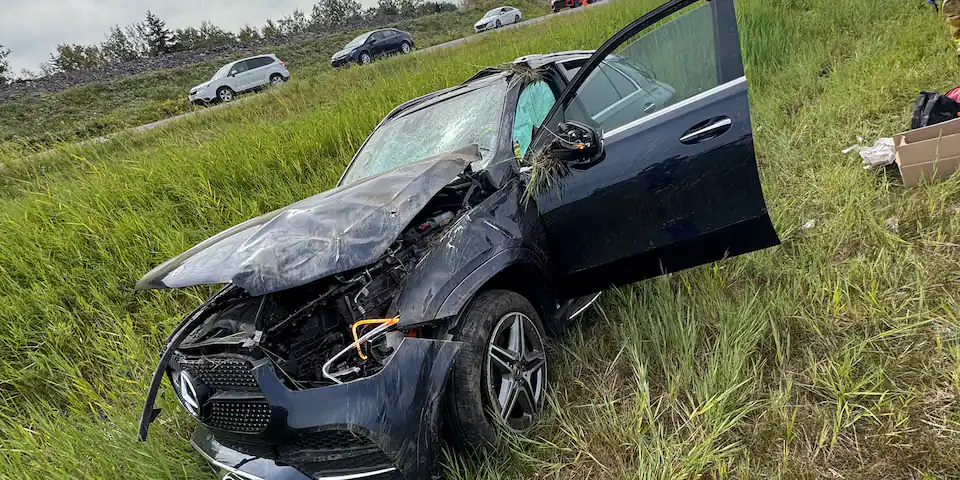
When flights are delayed or diverted, passengers often feel frustrated and powerless. Many assume it’s due to poor planning or an airline error. But pilots say there’s usually much more going on behind the scenes than most people realize. A flight might look like it is sitting still for no reason, but in reality, a chain of safety checks and regulations may be unfolding. From the cockpit’s perspective, holding the plane is sometimes the smartest choice to keep everyone safe.
This article looks at the actual reasons delays and diversions occur. From strict work-hour limits to unexpected weather changes, we’ll break down the factors that influence flight schedules. We’ll also look at real cases where passengers believed the airline had failed, but pilots were simply following the rules that keep flying one of the safest ways to travel. By exploring these examples, you’ll see why delays are not just about lost time but are sometimes about protecting lives, and why crews want passengers to understand the bigger picture.
Safety Comes Before Flight Schedules
Delays and diversions occur because safety always takes priority over schedules. Pilots are trained to make careful choices that sometimes mean holding a plane at the gate or landing somewhere unexpected. These decisions can frustrate passengers, but they are made to prevent dangerous situations. Even when the delay seems small or avoidable, it is part of a larger system that puts lives above timetables. Safety has always been the foundation of aviation, and delays are one of the ways that principle shows up in real life.
Take Allegiant Air passengers in Albany, New York, who were stranded overnight. Many thought it was a failure of organization, but the pilots had no safe way to continue. Weather conditions and crew duty rules meant the best option was to divert and stop flying. The decision to stop the flight may have been frustrating in the moment, but it was made to protect everyone on board from far greater risk.
Every time a plane waits on the ground, it may feel unnecessary, but in reality it’s often proof the system is working. Pilots think long-term, not short-term, and they know that a short delay can prevent a serious problem later in the flight. A decision that adds an hour on the ground might stop an accident in the air. To passengers, it feels like lost time, but to pilots, it feels like a layer of safety. These pauses are part of what makes flying the safest form of travel in the world today.
A Look At The Factors That Cause Delays And Diversions
There are several main factors that pilots wish passengers understood better. Crew duty limits, weather, and maintenance are three of the biggest. Each of these can change the timing of a flight, and none of them are optional. They are built into the rules of aviation and must be followed every single time. When any of these issues arises, it can prevent a flight from departing until the problem is resolved. Together, they form the backbone of why delays happen far more often than many passengers realize.
Crew duty rules are some of the strictest in aviation. Pilots and flight attendants can only work a set number of hours before they must stop. This is to prevent fatigue, which has been linked to accidents in the past. Once a crew “times out,” the flight cannot legally continue, no matter how close to departure it may be. Airlines track these hours down to the minute, and crews can lose their licenses if they break the rules. These limits may feel harsh to passengers, but they are in place because history has shown that tired crews are unsafe crews. Weather is another major factor. Even when skies above the airport look clear, weather far away can disrupt air routes. Storms, fog, strong winds, or lightning can all shut down parts of the system, while crosswinds can push aircraft off course during takeoff. These delays might seem frustrating, but they are always about protecting lives.
Finally, maintenance checks can cause delays. If something on the plane is not working properly, regulations require it to be fixed or cleared before takeoff. These rules are strict because even small technical problems can become serious in the air. A faulty light bulb in the cockpit, for example, might seem minor but could signal an electrical issue that needs full inspection. Crews cannot simply ignore these items or hope they won’t cause trouble. In some cases, flights have been held for hours because of issues like faulty brakes or hydraulic systems that could have caused an accident if left unchecked.
Regulations Exist For Significant Safety Reasons
Experts agree that Safety rules exist because of lessons learned the hard way. In the past, crews sometimes flew too long without rest, and fatigue was a factor in accidents. Regulators studied these cases and introduced strict duty limits to prevent them from happening again. These rules were written after tragic events in which tired crews made mistakes that could have been avoided. Each change in regulation represents lives saved in the future. It may seem strict today, but the goal was to build a system where fatigue never puts passengers at risk again.
Now every working hour is logged and tracked. If a crew hits the limit, they cannot fly, no matter how much pressure there is to get passengers moving. In 2022, American Airlines passengers were asked to leave a plane after waiting hours because the crew had “timed out.” Many were upset, but the law left the crew no other choice. This case shows how seriously airlines take duty hour rules, even when customers are unhappy. Breaking the law would not only endanger the flight but also risk fines, lawsuits, and reputational damage. Pilots and airlines know that losing trust would be far worse than facing a delay.
Airlines also emphasize that delays are costly to them. Every minute a plane sits on the ground is expensive. But despite the cost, airlines must still follow safety rules. An idle plane means lost revenue, rescheduling crews, and missed connections. Yet even with these costs, companies do not have the option to skip safety checks or stretch working limits. For the airlines, long-term trust and safety outweigh short-term profit. That is why delays, while costly and frustrating, remain a non-negotiable part of flying.
Safety Always Comes First In Aviation
Some Passengers think airlines should just push through delays to keep schedules on track. But when compared side by side, the safer choice is always the better one. A short delay is nothing compared to the risks of flying tired crews or in dangerous weather.
Skipping safety steps might save time in the short term, but the risks would be huge. Imagine allowing a pilot to keep flying after 16 hours awake. Reaction times and judgment would drop quickly, much like a doctor performing surgery after working all night.
This is why rules exist. Delays may feel inconvenient, but compared to the alternative, flying in unsafe conditions, they are the better choice every time. Studies by the FAA have shown that pilot fatigue and rushed departures have been contributing factors in past accidents, which is why strict regulations were introduced. Data also shows that over 40% of delays in the United States are linked to weather or air traffic control, factors outside the airline’s control. Despite this, flying remains the safest form of transport in the world, with the odds of being in a fatal crash at less than one in several million flights.
There Are Exceptions, Risks, and Drawbacks
Of course, not every delay feels fair. Sometimes it’s a chain reaction: a storm in one city can ripple across the country, delaying flights far from the bad weather. Other times, a minor maintenance issue discovered at the last minute can hold everyone up.
Passengers often wonder why airlines don’t simply swap out crews or planes more quickly. The truth is that both are limited resources. Crews must meet strict rest requirements, and extra aircraft are not always available at the right airport. In some cases, a spare crew might be on hand, but they also have their own duty limits and may not be legally allowed to step in. For aircraft, large hubs like Atlanta or Chicago may have standby planes, but smaller airports often do not. This means a replacement might need to be flown in from another city, which takes time and adds further delays.
These situations can be frustrating, but they highlight how tightly controlled aviation really is. Passengers should remember that every delay, from a crew rest requirement to a last-minute aircraft inspection, is part of a system designed to reduce risk. What travelers can do is double-check their flight status before heading to the airport, keep an eye on weather at both the departure and arrival cities, and sign up for airline text or app notifications. Being prepared with updates and knowing that strict rules are in place can make delays easier to understand and manage.
Flight Delays Call For Safety Above Schedules
The key point is that delays and diversions are not about poor organization or laziness. They are the result of strict rules and safety measures that guide every part of aviation. From holding a plane at the gate to diverting hundreds of miles away, every choice is made with the safety of passengers and crew at the center. What may feel like wasted time is often proof that the system is working exactly as it should.
For travelers, the best way to handle delays is with preparation and patience. Simple steps like bringing snacks, water, and chargers can make long waits easier. Families can plan ahead with small games or books to keep children occupied. Staying calm not only reduces stress but also makes it easier for crews to focus on solving the problem quickly. Passengers who understand the reasons behind delays often find it easier to cope and feel less frustrated.
Looking ahead, airlines are investing in new technology like better weather tracking, faster communication, and predictive scheduling. These tools may reduce some disruptions, but no system will ever remove them completely. In aviation, safety will always come first, even if it means arriving later than planned.



